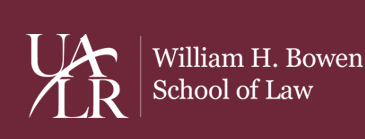Publication Date
2012
Abstract
Since the Supreme Court established the current constitutional framework for determining the admissibility of eyewitness identification evidence in Manson v. Brathwaite in 1977, scientists and scholars who have evaluated the opinion have uniformly criticized it as insufficient to deter police from using flawed identification procedures and inconsistent with scientific evidence of the best ways to assess the reliability of evidence tainted by such procedures. Until now, however, the work of these scientists and scholars has been based primarily on simulation experiments and on a selective assortment of easily criticized judicial decisions applying Manson. This study provides the first systematic analysis of judicial treatment of eyewitness identification evidence under Manson, including examination of all federal criminal cases and habeas corpus decisions available on Westlaw that cited the opinion in considering the admissibility of eyewitness evidence through January 31, 2010. Data from the 1,471 cases in the final data set confirms much of what scientists and legal academics have been saying for the last 34 years and reinforces past critiques with significant empirical data, including a time-trend analysis of the quality of judicial decision-making since Manson. Specifically, federal courts evaluating the admissibility of eyewitness evidence under Manson rarely suppress in-court identifications, and they frequently analyze the evidence before them in ways that are inconsistent with the science. In the cases in the data set, courts regularly held clearly unnecessarily suggestive identification procedures to be acceptable or failed to make definitive determinations on whether such procedures were improper, and they often analyzed Manson’s reliability factors in a manner that undermines the integrity of the inquiry. The study shows that courts evaluating the reliability of evidence from flawed identification procedures frequently relied on witnesses’ certainty after exposure to suggestion, even though science shows that such exposure is likely to enhance that confidence; in fact, a large number of the opinions reveal increases in witness confidence after witnesses viewed suggestive procedures. Time-trend analysis shows that in the 33 years after Manson, while scientific data relevant to the Manson standard was published and accepted in scientific communities, the quality of judicial analysis did not improve in response to the new generation of scientific developments, and federal courts became significantly less likely to use Manson to suppress eyewitness identification evidence.
Document Type
Article
Recommended Citation
Nicholas A. Kahn-Fogel, Manson and Its Progeny: An Empirical Analysis of American Eyewitness Law, 3 Ala. C.R. & C.L.L. Rev. 175, 176 (2012).
Included in
Available at: https://lawrepository.ualr.edu/faculty_scholarship/61
